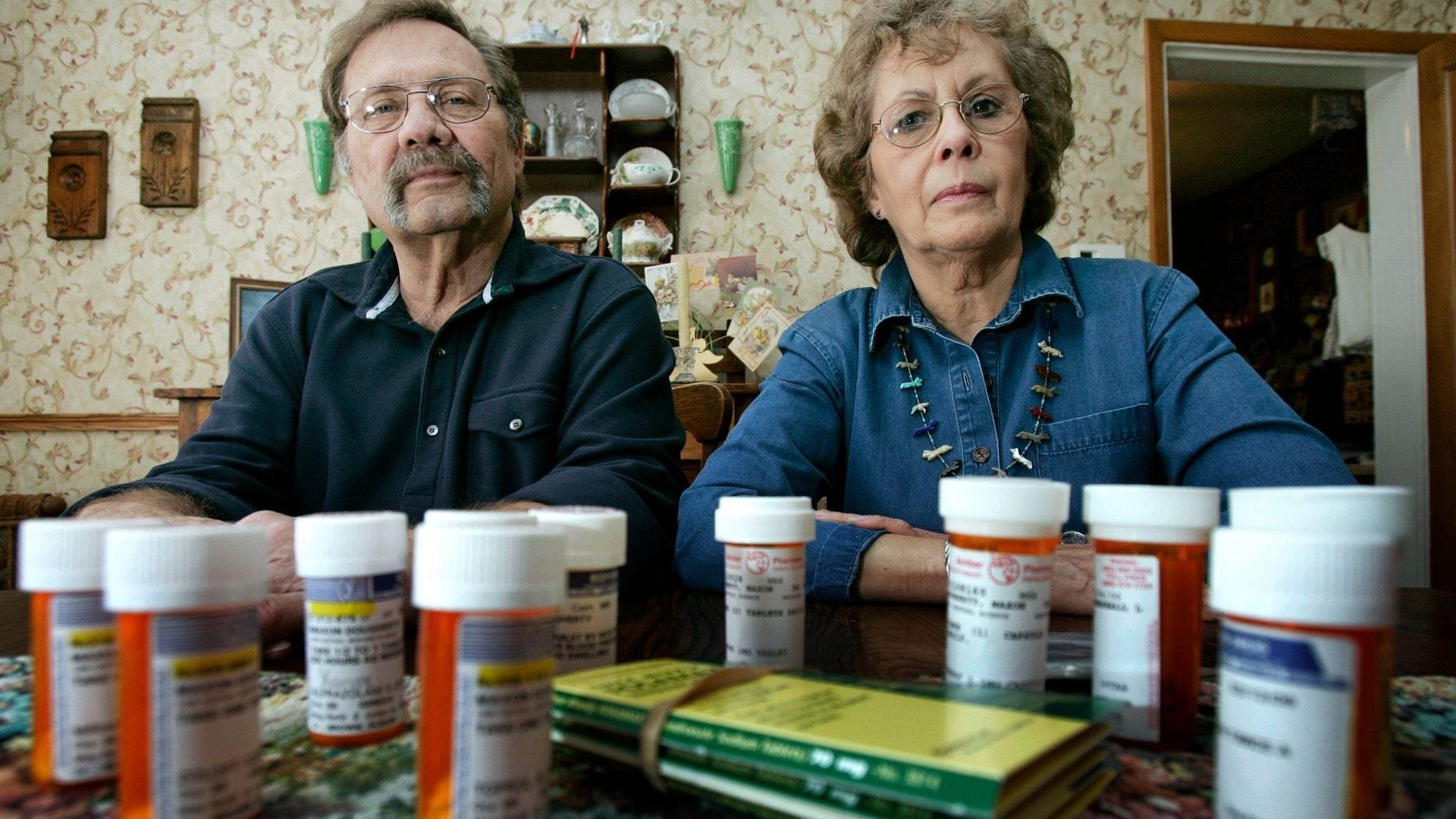Who pays for the “right to try” experimental medicine?
Today, Donald Trump signed a law allowing terminally ill Americans to try experimental medications that haven’t been approved by the Food and Drug Administration (FDA).


Today, Donald Trump signed a law allowing terminally ill Americans to try experimental medications that haven’t been approved by the Food and Drug Administration (FDA).
“Right to try. That’s such a great name,” the president commented, while introducing the bill, “some bills, they don’t have a good name. Really. But this is such a great name, from the first day I heard it. Right to try. And a lot of the trying is going to be successful. I really believe that. I really believe it.”
Most experimental drugs are nowhere close to being effective, or carry side effects outweighing their benefits. But if they were, who could afford to try them?
“The law gives the right to pay, not the right to try,” says Arthur Caplan, head of medical ethics at New York University’s School of Medicine, who also studies compassionate access to medication. The law, he explains, doesn’t come with a budget, leaving patients paying out-of-pocket for unproven treatments. Insurance companies are unlikely to help out; they’re not even required to cover all the drugs that are approved by the FDA.
Medical costs are already the leading cause of bankruptcy in the US. Under “right to try,” a cancer patient could end up paying additional hundreds of thousands of dollars for experimental treatment, on top of their existing costs. False hope could tempt sick Americans to poor financial decisions, argues Caplan. “You are asking terminally ill people to spend their family’s savings on drugs that don’t work,” he says.
Drug makers don’t stand to benefit much either, he adds. The pharmaceutical industry could profit more from eventually getting FDA approval, rather than selling a few treatments to terminal patients.
But supporters of “right to try” legislation, like the libertarian Goldwater Institute, argue that buying time is still worth it to some. New drugs have to pass a three-step clinical trial before they can apply for FDA approval, and the overall process can take several years. In some cases, making drugs available while in the last stages of the clinical trial—while efficacy and side effects are still being evaluated—might speed up access to treatment that could eventually turn out to be successful.
“It’s a feel-good bill,” Caplan says, that promises a lot more hope than it actually gives.”I think it’s part of the overall [government] agenda to get rid of regulation.” Yet the FDA is not quite the unsurmountable obstacle to obtaining medicine that such a bill might suggest, either—the agency does encourage innovation, and approved 99.4% of drug applications received in the past five years.